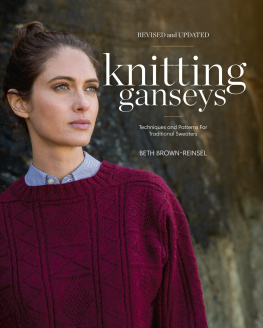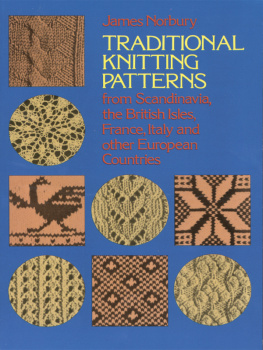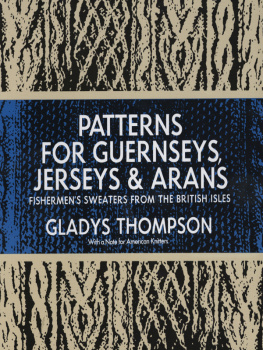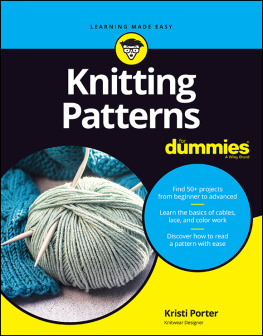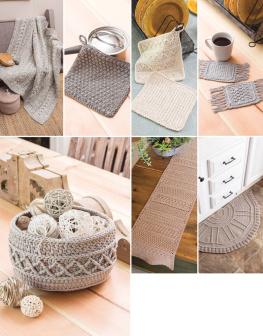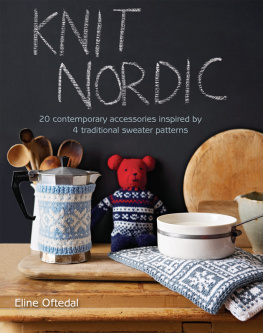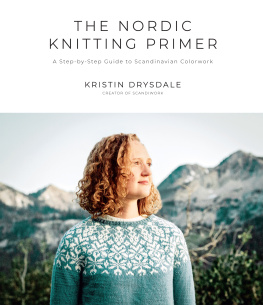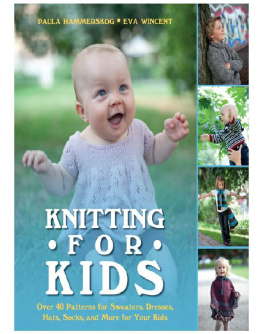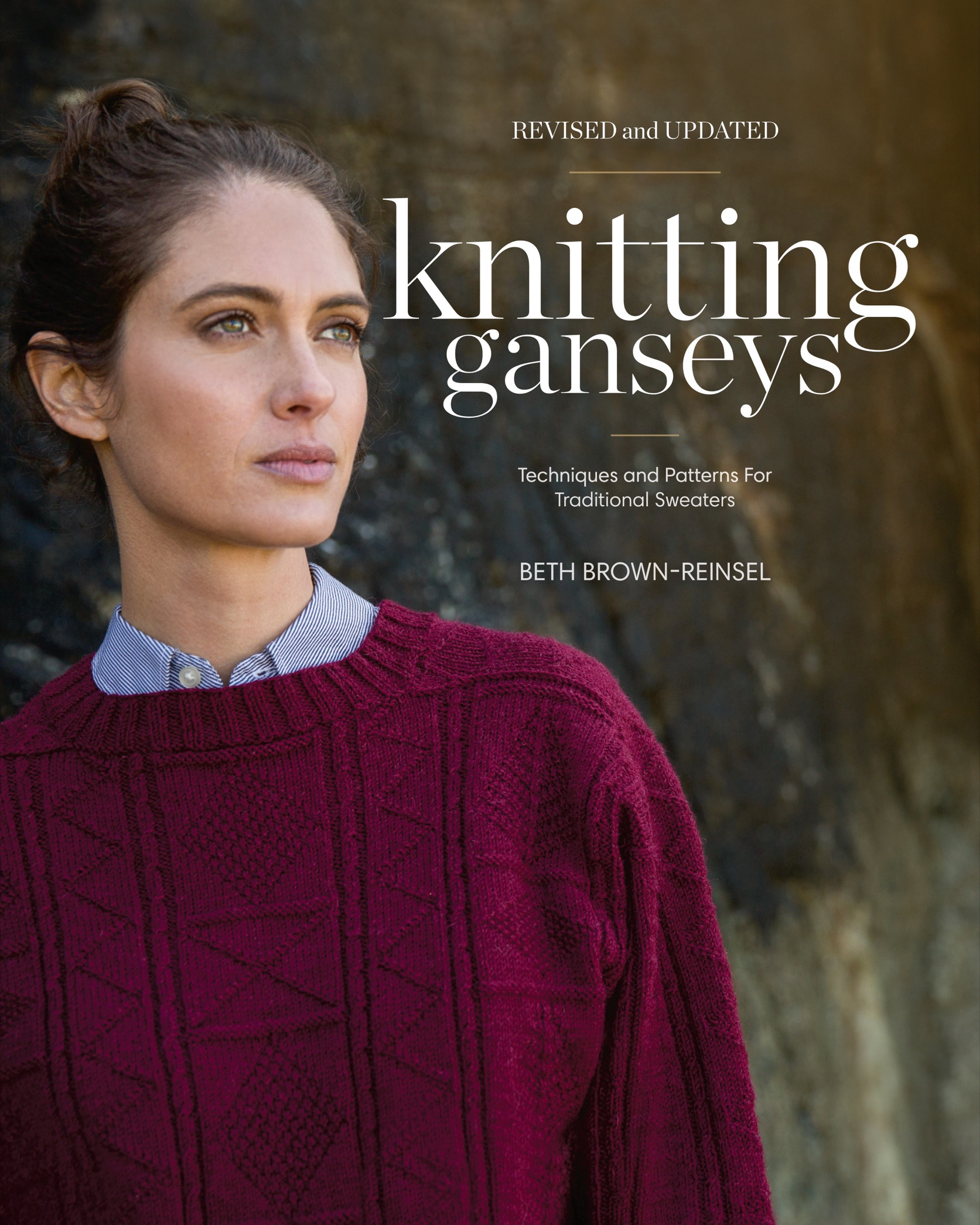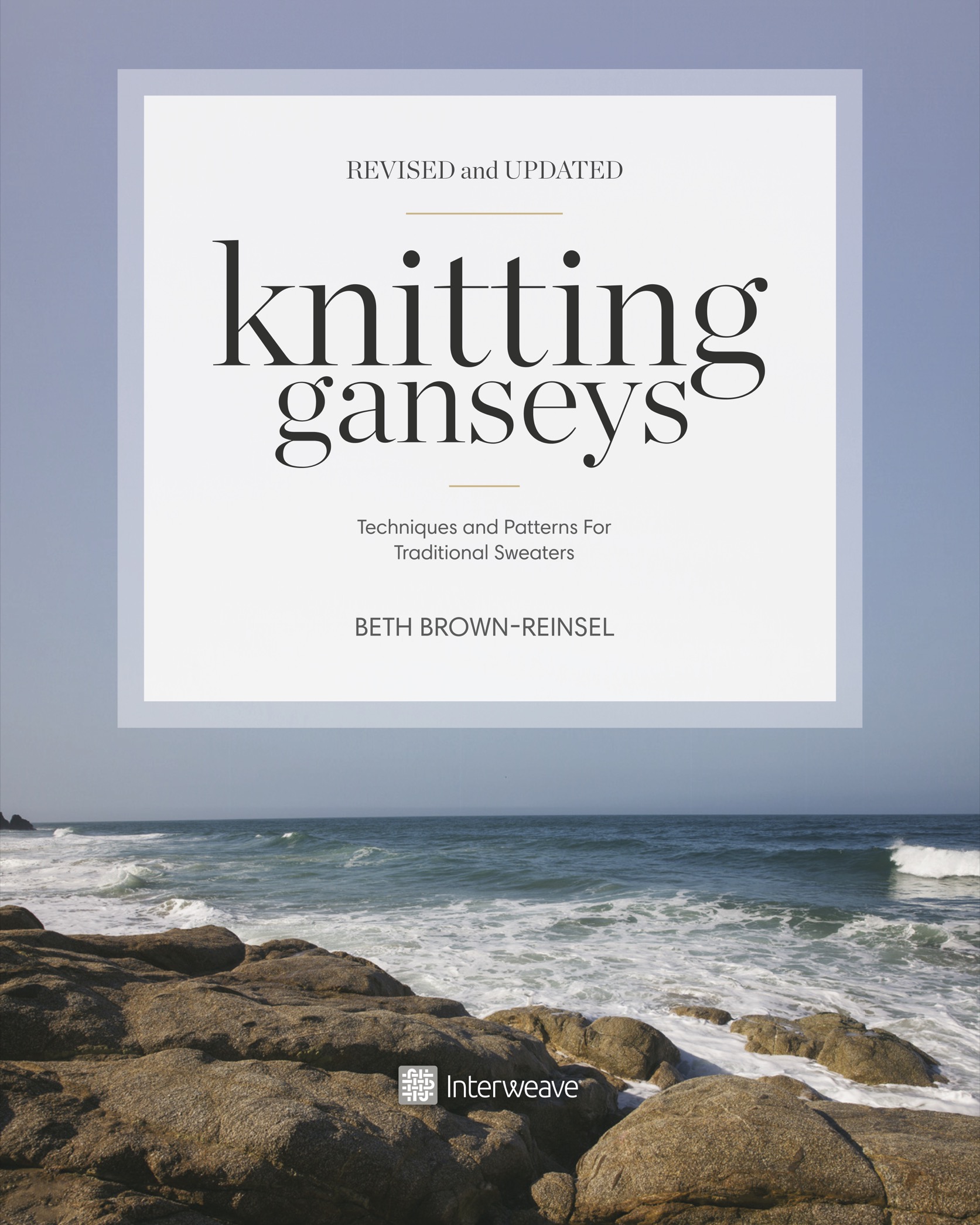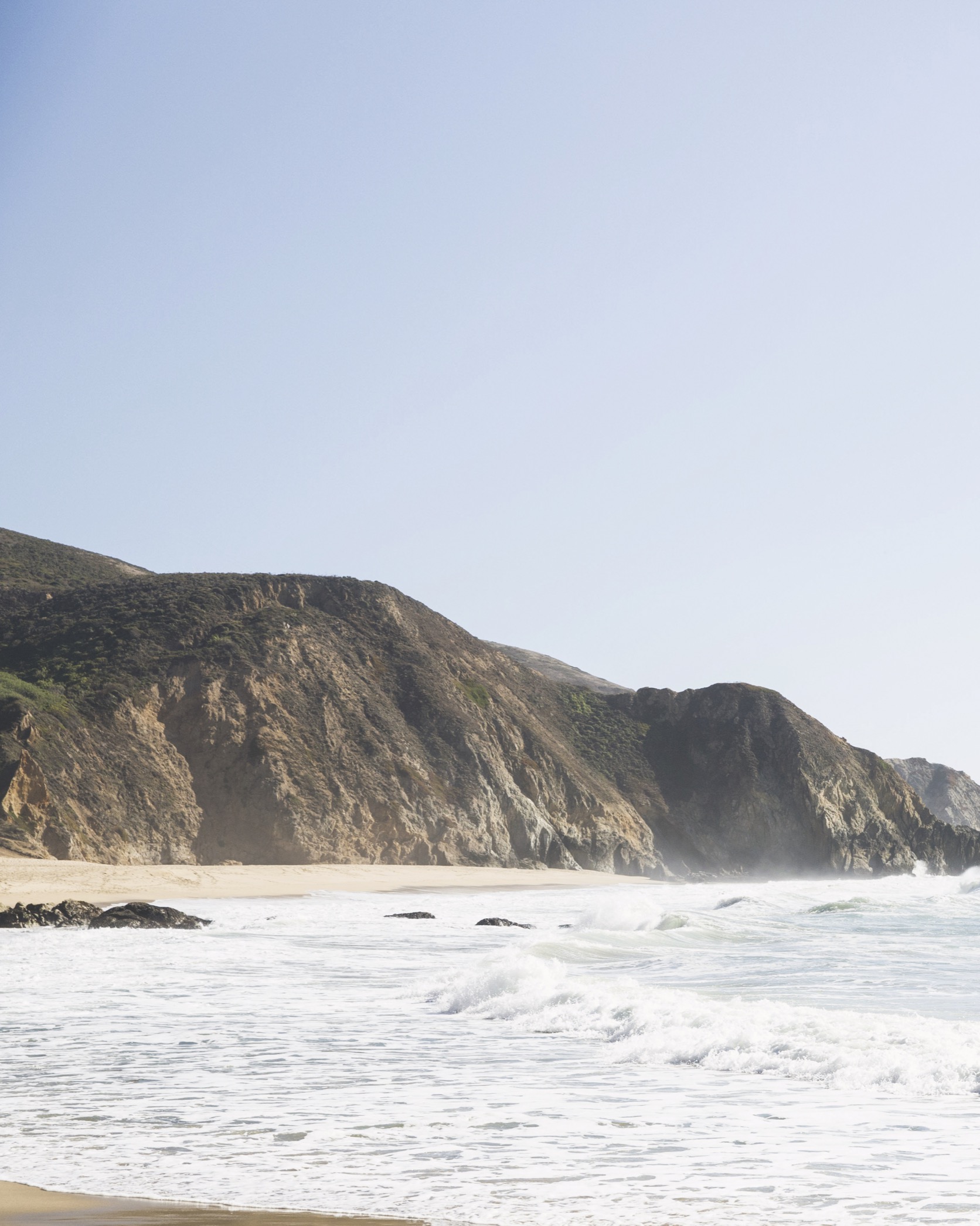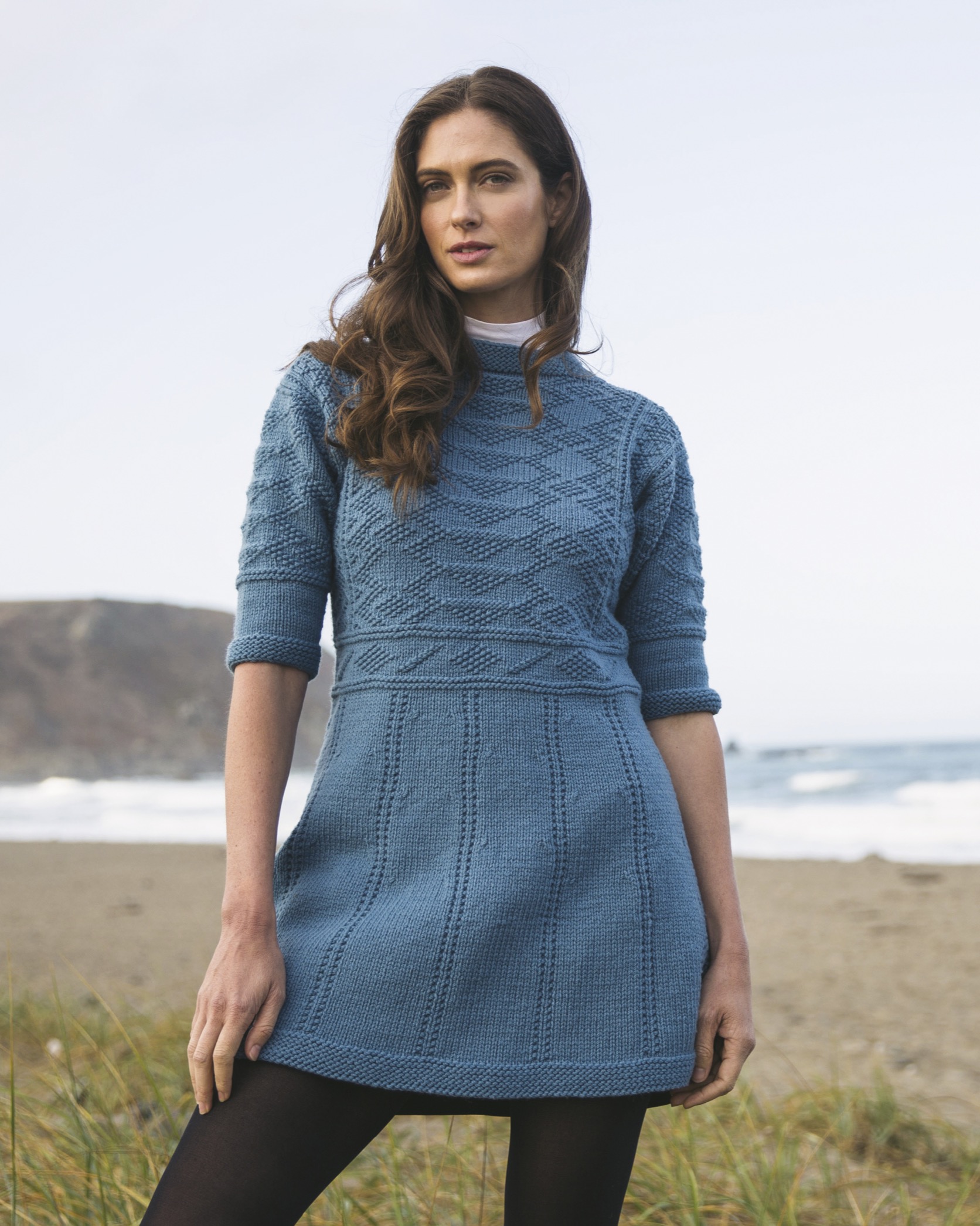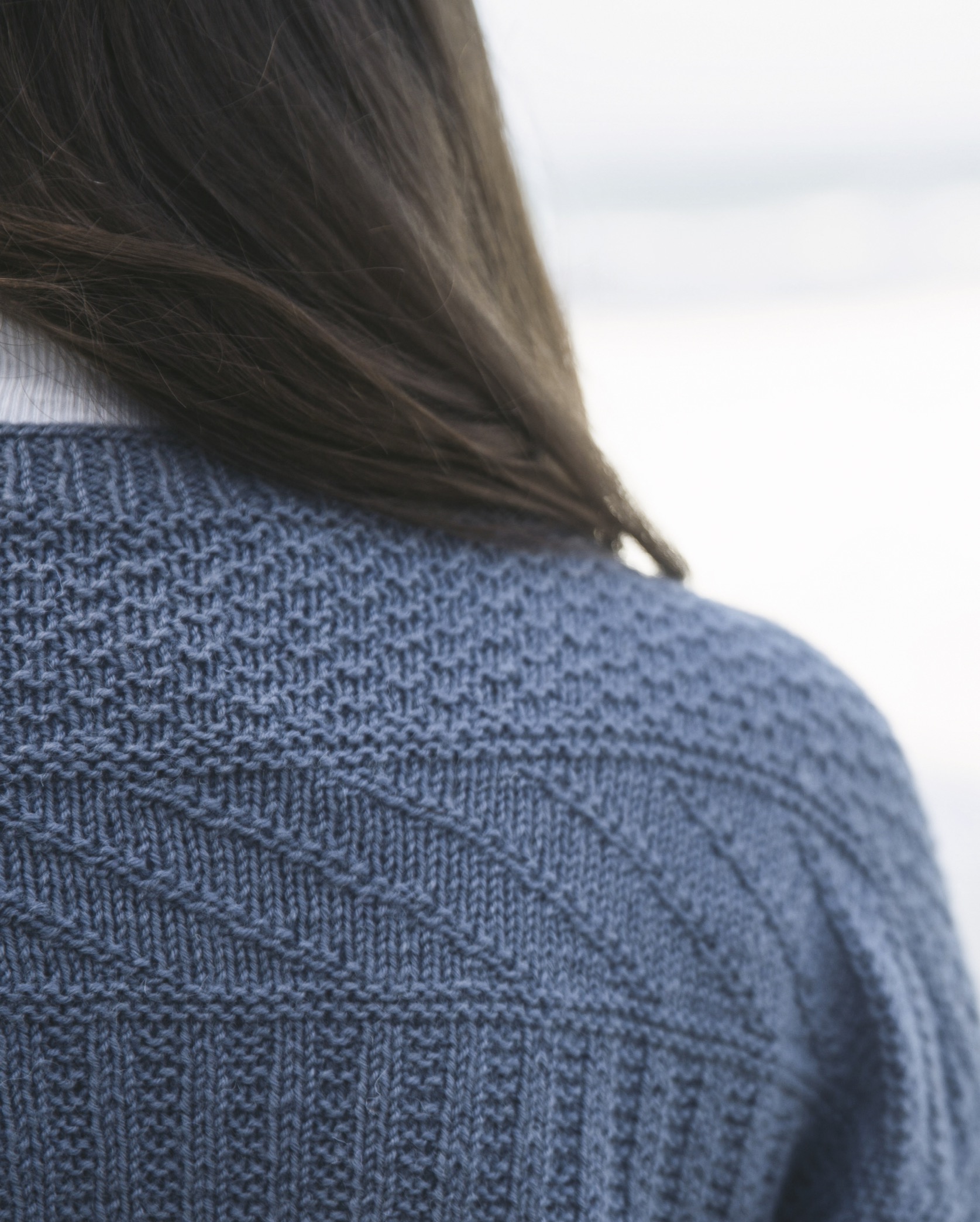Interweave
An imprint of Penguin Random House LLC
penguinrandomhouse.com
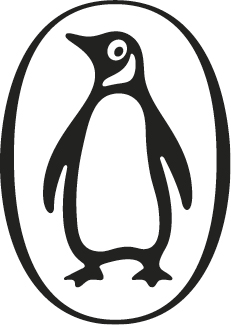
Copyright 2018 by Beth Brown-Reinsel
Penguin supports copyright. Copyright fuels creativity, encourages diverse voices, promotes free speech, and creates a vibrant culture. Thank you for buying an authorized edition of this book and for complying with copyright laws by not reproducing, scanning, or distributing any part of it in any form without permission. You are supporting writers and allowing Penguin to continue to publish books for every reader.
Ebook ISBN 9780593331187
EDITORIAL DIRECTOR
Kerry Bogert
EDITOR
Maya Elson
TECHNICAL EDITOR
Therese Chynoweth
ART DIRECTOR & COVER DESIGNER
Ashlee Wadeson
ILLUSTRATOR
Therese Chynoweth
PHOTOGRAPHER
David Baum; George Boe
STYLIST
Grace Brumley
HAIR AND MAKEUP
Kalyn Slaughter
pid_prh_5.6.0_c0_r0
Let us knit A Great Peace together,
Each loving stitch filled with kindness and respect,
For the many colors and textures of all living beings.
contents
preface
Twenty-five years. How could that much time have passed since the first edition of this book was published? It almost seems like last week that I sat huddled next to the space heater in a cold, dark, windowless room, punching out chapter after chapter on my Apple IIe, my first computer. (Every four pages, I would have to save the document to the floppy disk because the computer only had 128kb of memory. That seems so laughable now, when my current Mac, which is getting on in years, has one terabyte of storage!)
As I look back on that time, I realize that this book was a door that I stepped through into a new life. Of course I didnt know that then. But this book paved the way for me to travel, to create and teach workshops, to design more garments... and my wandering, eager mind went from the British gansey to the Irish Aran, the Scottish Fair Isle jumper, and on to Scandinavia. I gathered the courage to travel to Sweden, Denmark, and Norway, and later many other countries, searching through museums, because I had lost my heart to traditional knitting.
The further I travel on this knitting road, the more I want to know about all traditional knitting and those who practice it. The best part is meeting so many knitters, from all walks of life around the world, who share my passion. I have been invited to teach all over the United States and Canada and in England, Scotland, New Zealand, Iceland, and Sweden, on cruises, and via the Internet. I am still amazed!
The gansey tradition encompasses so many aspects of life: the practicality of clothing your family, the financial aspects of knitting for pay, the broader economic context of supporting fishing industry workers, the social history of knitters who relied on knitting for comfort and pleasure in the off hours after a hard days work. That era has passed, and yet, every day I teach I see aspects of this tradition continuing: the bonding between knitters and the creative passion to knit something warm and beautiful for oneself or a loved one.
And now, full circle, here is my updated gansey book. It is bigger and brighter than before, but still full of reverence for the tradition of clothing those you love. That there is still interest in my book is a testament to the enduring qualities of the humble gansey sweater itself.
I have been privileged to meet thousands of knitters on this path. My students inspire me with their enthusiasm and determination. They, along with my many talented colleagues, have enriched my life immeasurably. The first edition of this book started it all for me. I am so blessed to have experienced this and so much more. I wish the same for you, dear knittera passionate experience between you, your yarn, and your needles.
The Wool-life is good.
Beth
introduction
Gansey sweaters, also known as guernseys, developed in nineteenth-century England as hard-wearing garments for hardworking fishermen. Characterized by dense, dark yarns; rich knit/purl patterns; dropped shoulders; and underarm gussets that allow the wearer additional freedom of movement, these simple square garments provide the modern knitter with a template for a wide variety of classic, comfortable designs.
Several books have been written about the history of ganseys, but while many of the construction techniques are mentioned or illustrated, they are not always presented in enough detail for knitters to reproduce. This book is my attempt to explain how to accomplish these techniques successfully and create a variety of gansey garments.
The structure of this book is based on my knitting workshops, in which I teach knitters step-by-step how to create a gansey sweater in miniature. I have always found projects less intimidating if I make them on a small scale first, and this sampler is the perfect tool for learning. It contains many of the traditional gansey techniques, such as the Channel Island Cast-on and the neck and underarm gussets. As my students knit, they learn the principles of gansey construction and quickly see these principles in practice before tackling a full-size garment.
Each chapter presents the step-by-step particulars of constructing the sampler, offers ideas for design and technique variations, and explains the calculations and considerations to be made when working full-size. Throughout, step-by-step photographs, sidebars, and formulas help you carefully and systematically build a solid foundation of skills. In Chapter 11, youll find guidelines for designing your own gansey sweaters along with blank design worksheets. I also included charts and pattern instructions for nine of my own designs that you can try yourself or borrow ideas from.
Ive written this book assuming that you have a basic knowledge of knitting in the round. This includes casting onto a circular needle, joining stitches into a round, and working stockinette stitch, garter stitch, and ribbing in the round, as well as working these stitch patterns flat (back and forth).
I have taught knitting classes and workshops for many years. If Ive learned anything from all that experience, it is that my way is one way, not the only way. I encourage you to use what you learn here as a springboard for your own creativity. My hope is that these techniques will find their way into your own garments and that youll be encouraged to experiment with them and improve upon them. Even within its traditional framework, the gansey is a fluid style, flexible and adaptable. I hope you will develop your own interpretation of this wonderful form. The possibilities are infinite!

